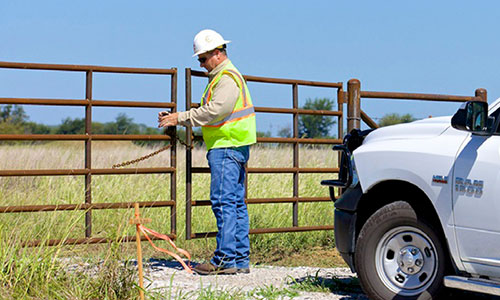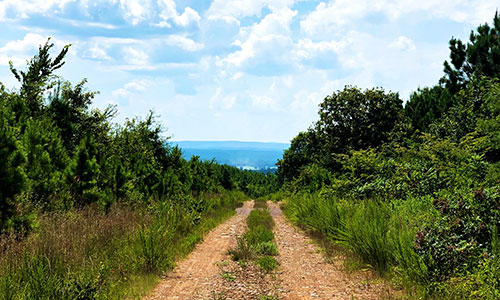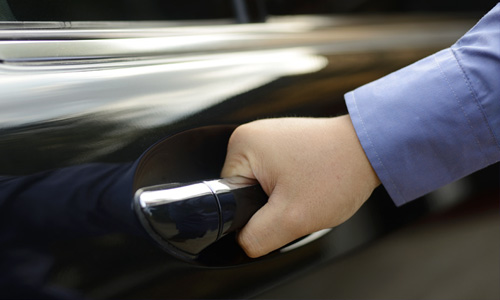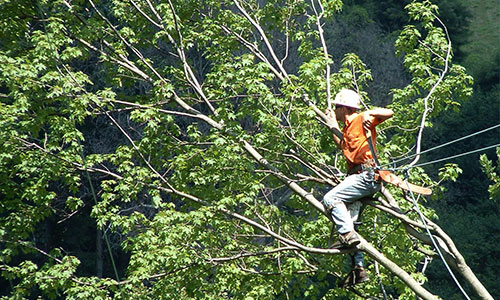
An easement is a defined strip of land where AEP transmission lines are safely constructed, maintained and operated.

Simply put, a landowner grants certain rights to use property to another person or entity through an easement.

The first step to achieving maximum electric reliability is through effective transmission siting, routing and the strategic placement of high-voltage transmission lines and substations.

During construction and maintenance of transmission lines and substations, the utility may need to build new or upgrade existing access roads.

Many existing land uses such as farming, pastures and orchards can be accommodated along with the need for an obstruction-free right-of-way during construction, operation and maintenance of the power line.

Commonly called EMF, electric and magnetic fields are invisible lines of force present in the natural environment and wherever electricity flows. For example, thunderstorms produce EMF.

Have you ever gotten a little shock from touching a parked car or a random metal object when you’ve been near a power line? Such shocks are startling and a bit of a nuisance, yet rest assured - they won’t hurt you.

Improvements to the electric transmission grid are necessary to provide reliable power to customers. Conducting field activities helps project teams prepare to build, upgrade and maintain transmission facilities.

AEP Transmission's vegetation management program helps balance the need for reliable service with respect for the natural environment by safely and efficiently providing electric power to customers - while minimizing negative impacts to the environment.